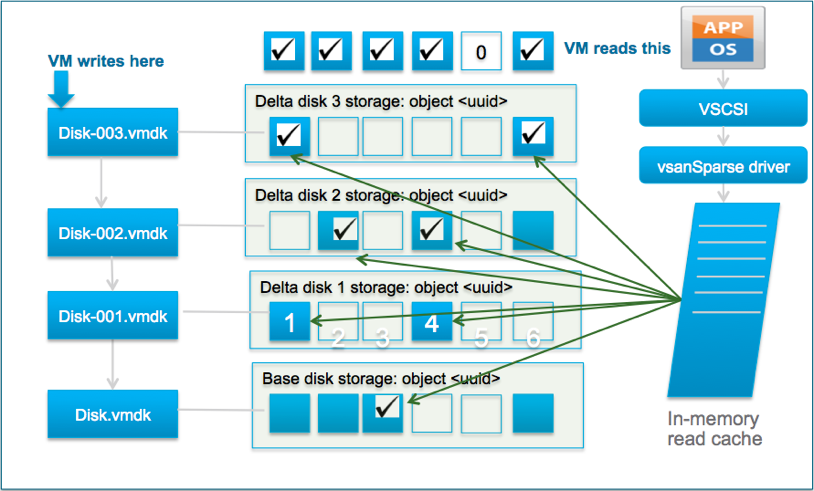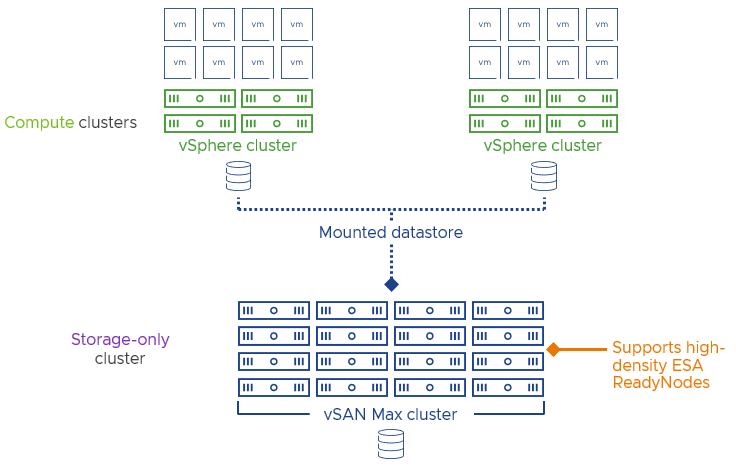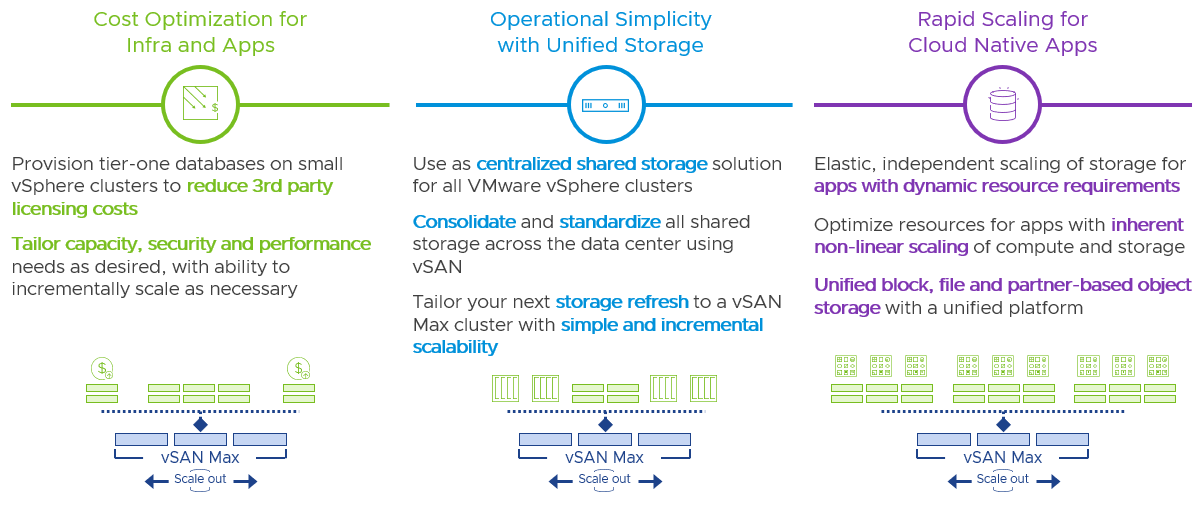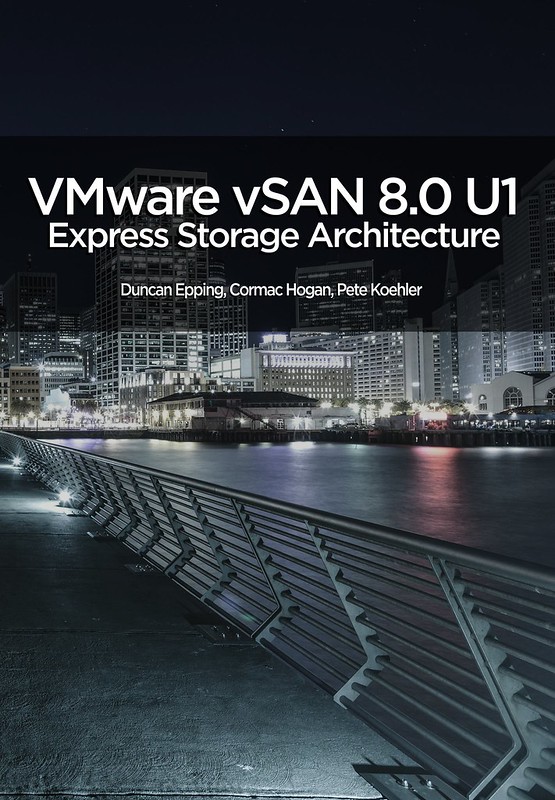Recently Broadcom announced that vSAN ESA support for SAP HANA was introduced. Erik Rieger is Broadcom’s Principal SAP Global Technical Alliance Manager and Architect, and as such I invited him on the show to go over what this actually means, and why this is important for customers! Listen to the episode on Apple (https://bit.ly/42AKWze), Spotify (https://bit.ly/4j1Jo7r), via the player below, or your favorite podcast app. Make sure to like and subscribe wherever possible!
For more details, make sure to check:
- SAP note 3406060 – SAP HANA on VMware vSphere 8 and vSAN 8 for details.
- SAP HANA and VMware support pages
- SAP HANA on HCI powered by vSAN
- vSphere and SAP HANA best practices




